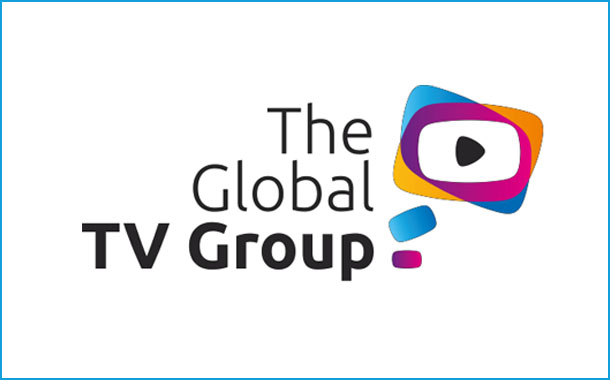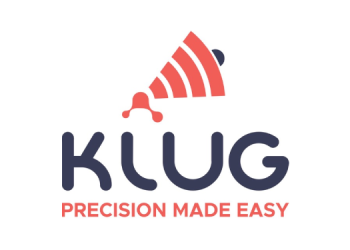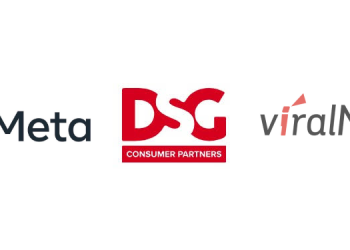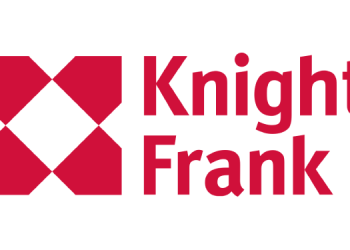Figures from around the world show the extent to which online businesses are now investing in TV advertising, in some countries becoming the biggest investors in TV.
The figures compiled by The Global TV Group – the informal grouping of TV broadcasters’ and sales houses’ trade bodies in Europe, the USA, Canada, Australia and Latin America – show that, from Brazil to Germany, brands such as Amazon, Zalando, Netflix, Expedia and Airbnb are building their image, reputation and sales through the reach and influence of TV.
The investment trend demonstrates the strong relationship between TV and online, with viewers armed with internet-connected devices able to respond to TV advertising immediately.
Australia
Some of the world’s biggest tech giants spent significantly more on TV advertising in Australia in 2017.
According to Nielsen Adex, Google spent 6 times as much on TV advertising, reaching A$11.3 million, and Apple increased its ad spend by 17.4% to A$20.2m. Amazon backed its Australian launch with a TV ad investment of A$3.2 million, and Uber increased its TV spend with a first investment of A$3.4 million.1
Belgium
In 2016, TV represented a 62% share of the online business sector’s media investments. The Rocket Internet group, the second biggest spender, which owns companies like HelloFresh and Home24, spent a total of
€6,072,463 in 2017 on TV advertising.2
Brazil
Online businesses’ TV adspend grew by 17% between 2015 and 2017. When including the e-commerce players owning physical stores, the increase is almost 20%.3
Canada
Online businesses represent one of the fastest growing sectors in TV advertising. Online businesses have doubled their spend on TV over the past 5 years, with spend in 2017 topping $105 million.4
Colombia
The TV adspend of online businesses owning physical stores was US$10,610,000 in 2017, a 20% increase compared to 2015.5
Czech Republic
From 2015 to 2017, the online business sector doubled its gross TV adspend to reach the equivalent of €47,4 million6
Germany
Over a 3-year period (2015 to 2017), Airbnb’s TV ad spend increased by 44%. Expedia and Amazon show even more impressive figures with an increase of 65% each.7
Italy
Online businesses invested a total of €95,653,000 in TV in 2017, representing a 10.7% increase compared to 2015.8
Netherlands
E-commerce advertisers increased their TV invesment b 26y% between 2015 and 2017 to become the fourth biggest category of TV-advertisers. 200 e-commerce advertisers invested € 300 million gross in TV in 2017. The highest TV investor was the German booking site Trivago with a gross investment of € 25 million. 9
Spain
Amazon’s TV adspend went from €106,990 in 2015 to €11,006,360 in 2017, more than 100 times the investment in 2015. Google’s investment in TV went from €40,250 in 2015 to €603,620 in 2017, 15 times more. 10
Sweden
FurnitureBox’s TV adspend went from €1,263,633 in 2015 to €6,908,984 in 2017 representing approximately 5 times the 2015 investment. 11
Switzerland
The gross TV adspend of the top 10 e-commerce advertisers almost doubled between 2015 and 2017, resulting in a gross total of approximately €84,878,635.12
UK
Online businesses – including brands such as Amazon, Trivago, Google & Purple Bricks – invested a total of
£682 million in TV advertising in 2017, up from £590 million in 2015. Despite cuts in other categories due to ongoing economic uncertainty, online businesses, which in 2016 became the biggest spenders on TV in the UK, remained steadfast in their TV investment. 13
US
In 2017, digital-native companies – including brands like Amazon, Expedia, Wayfair & eBay – spent over $5.9 billion US dollars on TV, representing a 10% increase over 2016. Within this spend is a group of 50 “direct- disruptor” newcomer brands – including Gwynnie Bee, Peloton & Leesa – who only recently began investing in TV but now collectively spend over $1.3 billion U.S. dollars in TV annually. 14
The positive trend is set to continue in 2018 as more e-commerce brands around the globe put their trust in TV advertising to strengthen their image, drive traffic and generate return. Recent examples are the TV campaigns launched by Snapchat (“A new kind of camera”), Amazon (“Bedtime Blitz” or “Be Together More”), Trivago (“In the Mountains”) and Airbnb (“Expletive-filled Interest”).

Vic Walia – Global Marketing VP of Expedia Group: “TV works very well for us. It’s where we are spending a significant portion of our brand marketing ad dollars.”

Katty Roberfroid – Director General egta: “TV makes the virtual more real. TV advertising creates huge effects instantly. It also helps build and nourish profitable, trusted brands for the long-term. As online brands have little or no physical presence, TV’s ability to create emotional connections with huge audiences around the world is vital.”

Sean Cunningham – President and CEO of the Video Advertising Bureau: “We’ve been analyzing digital-native companies since 2014 and found that those who turned to a heavy reliance on TV early in their company’s history saw substantial benefits. Digital brands using TV see immediate positive business outcomes, such as significant lift in website traffic, search volume and, most importantly, revenue growth. TV is where outcomes-obsessed disruptors go when they need to get big.”

Kim Portrate – Chief executive of ThinkTV Australia: “It’s wonderful to see some of the world’s fast-growing, most innovative companies investing more into TV advertising to grow their brands. These are some of the most iconic brands of our age embracing the power of today’s TV, an experience that is viewable on any screen at any time, to touch consumers with some of the finest creative executions around. The smartest brands know that TV reaches more people faster than any other media, is brand safe, generates the greatest return on investment and commands the most attention, which translates directly into sales. TV also partners beautifully with online-only media.”

Aisling Finch – Director of marketing, Google Australia and New Zealand:”Like most marketers, we use a range of channels to achieve campaign objectives. We know that audiences engage with content across different platforms at different times, and marketers do the same. For campaigns such as the launch of Google Home we used a combination of radio, TV, cinema, print, outdoor and online channels including search, YouTube and social. In this campaign we found the combination of contextual media and creative drove stronger uplift.”

Richard Basil-Jones – Managing director of Ebiquity Asia-Pacific: “There’s no one medium that fits the bill and all media recognise the strengths of other media. The biggest e-commerce and online players in the world recognize what TV offers and TV is open and smart enough to understand that they need to embrace online too. The big digital players certainly recognise TV’s ability to reach mass audiences fast, to generate a superior return on investment and to generate sales through 100% viewability.”
Studies from around the world have proven the impact that TV advertising has on online activity. For example:
- A study in France by SNPTV found that organic traffic15 to a pure players’s website increases by 66% during a TV advertising campaign.
- Using comScore data in the US, the Video Advertising Bureau found that online businesses see an immediate and significant lift in web traffic once they launch TV campaigns – data from 14 online businesses showed the lift ranged from 11% to 1,075%.
- In a more recent study, featuring various case studies, the VAB looked into how TV drives business outcomes for disruptor brands. For example, expanding brands saw an average increase of 188% in their search volume as they increased their TV investment. Interviews about the success stories from Wayfair and Gwynnie bee can be found on the VAB’s website .

















